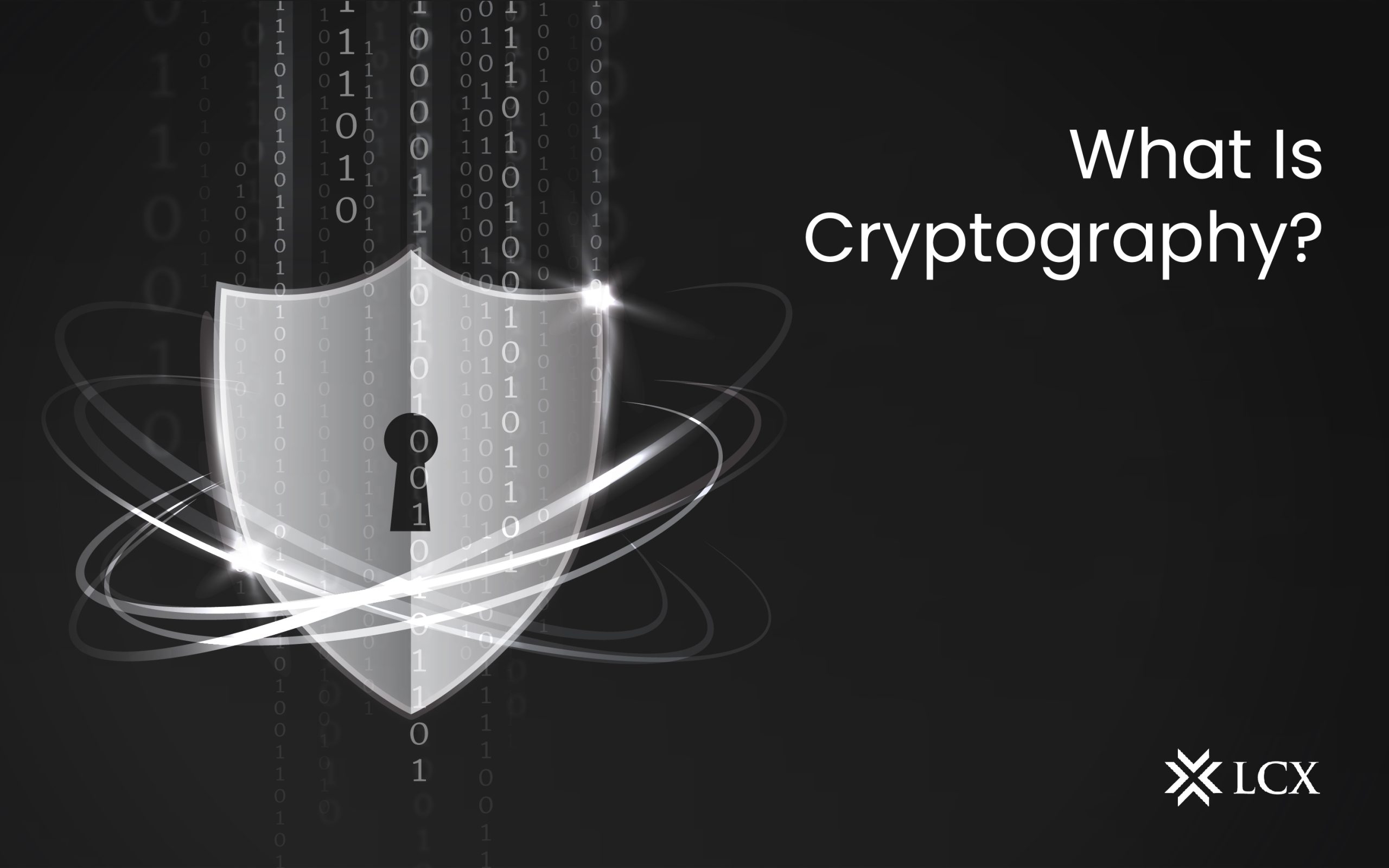What is Cryptography?
Everyone nowadays is aware of cryptocurrencies in one way or another, but are you aware of the technique behind it?
This technique is known as Cryptography. It is made of two words: “crypt” meaning hidden and “graphy” meaning writing. It is a study of sending and receiving encrypted and secure data between two or more parties. Cryptography is used in cryptocurrencies to make the transactions secure, anonymous and “trustless”, meaning no need to identify the person in order to have a transaction with them. And this technique is not only limited to cryptocurrencies, but whenever it comes to encrypting and decrypting data over a computer network, cryptography is used
History Of Cryptography
Although cryptography has been in the spotlight only recently due to its use in cryptocurrency, this concept has been around for a long time. It originated around 2000 B.C under the Egyptian practice of hieroglyphics. At that time, it consisted of very complex pictograms that were really difficult to decipher.
The first known use of this technique was made by Julian Caesar who did not trust his messengers to communicate with the higher authorities. So he invented a system in which each character was replaced by a character three steps ahead in the Roman alphabet. Recently, the technique has been known to be used by computer scientists and mathematicians for securing data.
How Does It Work?
Cryptography uses mathematical concepts and sum rule based calculations to secure the information over a network. These rules are called algorithms and they are used to convert the messages in a way that it is hard to decode them. The algorithms are now further used for digital signing, cryptographic key generation, web browsing, verification for data privacy and to secure private transactions such as debit or credit card transactions.
Four Main Objectives Of Cryptography
- Integrity: Any information cannot be modified in transition or storage between an intended receiver and sender without the modifications being detected.
- Confidentiality: All the information that runs on cryptography is accessible only to the intended recipient and no other person can access it.
- Authentication: Cryptography takes care of the authentication of your transaction by confirming the identity of both sender and receiver, Also, the origin and destination of the information are also confirmed here.
- Non-repudiation: The sender of the information cannot take a backfoot and deny their intention of sending the information later on.
Types Of Cryptography
- Symmetric key cryptography: In such encryption systems, a single common key is used by both the sender and receiver to decrypt or encrypt the message. Although this system is quite simple and faster , the exchange of the key should be done in a very careful and secure manner.
- Asymmetric key cryptography: Also known as public key cryptography, a pair of keys are involved. Here, a public key is used to encrypt the information and then a private key is used to decrypt the same message. Public and private keys are both very different as is clear from their name. But, even if anyone is aware of the public key, the information can be decoded only after using the private key.
- Hash function: No kind of key is used in this type of algorithm. In this system, a hash value is calculated based on the plain text. This makes the content of the plain text impossible to recover. Hash functions are used by many functions to encrypt their passwords.
Conclusion:
Cryptocurrency would not have been possible without cryptography. It is the essence of digital money but not limited to it. It covers all the areas that include encryption or decryption of data on any kind of network. Cryptography offers security, integrity and confidentiality to your information, without it, no private data could be transferred online let alone any type of transactions.









